|
|
Staithes Viaduct, with a local commuter train, powered by a British Railways “Standard” tank engine. This photograph was probably taken towards the end of the line’s existence, a two carriage train indicating the decline of rail traffic as increased fares and better road links caused migration away from the railways. Simon Chapman advised the Archive: “All that remains now are the concrete piers that supported the steelwork. In view is the stone abutment which supported the west end. The east end abutment, also of stone, was demolished.”
Image courtesy of Maurice Grayson and the David Liddle Collection, thanks again to Simon Chapman for the last piece of information
This was Service of Dedication for the War Memorial at Skinningrove and the building behind was the Miners’ Institute built in 1875 by Pease & Partners (owners of Skinningrove ironstone mine) and now replaced by the old folk’s bungalows. In the 1950’s the big annual event in Skinningrove was the Christmas pantomime held in this grand old building, organised for many years by Mr and Mrs Lacey. Now the big event, thanks to Tina Dowey and many others, is the nationally acclaimed Skinningrove bonfire! John Kennedy enquired: “Could anyone please tell me what was the date this photograph was taken?” The Archive will continue it’s researches into the date.
Image courtesy of the Pem Holliday Collection, information courtesy of Norman Patton and thanks to John Kennedy for his query.
A view Staithes viaduct from downstream, looking inland; the train is heading towards Staithes station. Chris Davies tells us:”The engine is a Raven/Gresley A8 4-6-2t hauling a train of ex-NER and a Thompson suburban brake of the LNER.”
Image courtesy of Maurice Grayson and thanks to Chris Davies for that update.
A fine image of an old tradition; from the late 1950’s/early 1960’s, this lasted until the late 1970’s, being taken over by the Skinningrove Gala Association; the event lasted until the late 1980’s.
The photograph includes several members of Colin Hart’s family; the boat featured belonged to his grandfather and was used each year to transport the Gala Queen through the village to the Boatman’s Hut which is situated just before the bridge leading to the beach. In later years the boat was replaced by a flatbed lorry; the Gala Queen featured in this image is Joan England.
Image and information courtesy of Colin Hart and Pat Sparkes, with an update on the Gala Queen from John Kennedy.
This coloured postcard view was produced by T. Watson, Lythe. It gives us a clear picture of the structure of the viaduct.
Image courtesy of Beryl Morris.
I wonder if these photographs were taken at the customer’s request or as an early advertisement? A good image of a two wheel cart – too heavy to be a trap do you think?
Image courtesy of Julie Morrison.
Class IV of Loftus (Zetland) Infants, pictured with their teachers. Do you recognise any of these people?
Image courtesy of Sandra Hutchinson.
Carolyn Richards grandfather William Grange, was manager of Skinningrove Co-op after Hinderwell and lived in High Row, Loftus. We just get a glimpse of Hutton Street and the steel works behind the Co-op, with Harry Grange’s motorbike parked at the kerbside. We don’t know when this photograph was taken. The windows look as though they have been dressed for a special occasion. Can anyone help us? John Sarginson asked: “Does anyone know when this was taken, or anything more of the co-op’s early days? I think my grandfather was sent there to open it as manager about or just before 1914. He and his family lived at Carlin How. any correction or further information would be welcomed.” Carolyn Richards advised the Archive: “My guess is that it’s sometime in the mid-thirties. Dad traded his bike for an Austin car not long before war broke out.”
Image courtesy of Carolyn Richards and thanks to John Sarginson and Carolyn Richards for the updates.
Dismantling Staithes viaduct in 1960, one of several we have of this end of an era. Eric Johnson advised that ”Subterranea Britannica” had further information on this activity.
Image courtesy of Mrs Sakelaropoulos and thanks to Eric Johnson for his researches.
Hutton Street near the bottom of Nixon’s bank and the shops that used to serve the people of Skinningrove. Ivy and Bobby Garbutt feature in the image, fondly remember by villagers. Ivy and Bob used to live in Furnace Cottages at Carlin How before moving to the end house on Hutton Street; next door to John and Jean Spedding. Jim, their son lived on Marine Terrace. The street and shops now sadly demolished.
Image courtesy of Graham Smith and grateful thanks to Skinningrove History Group for the updated information.
|
|
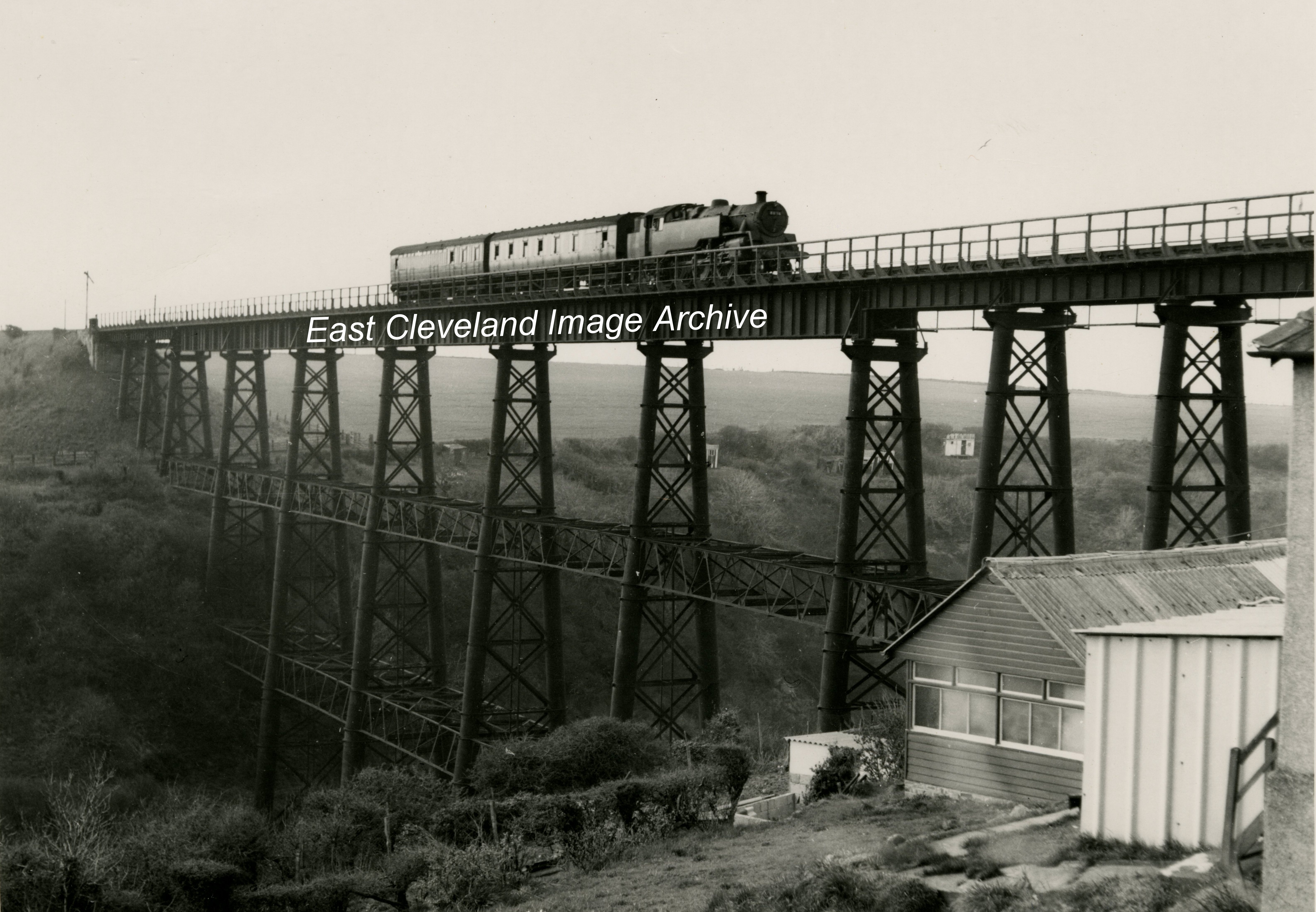
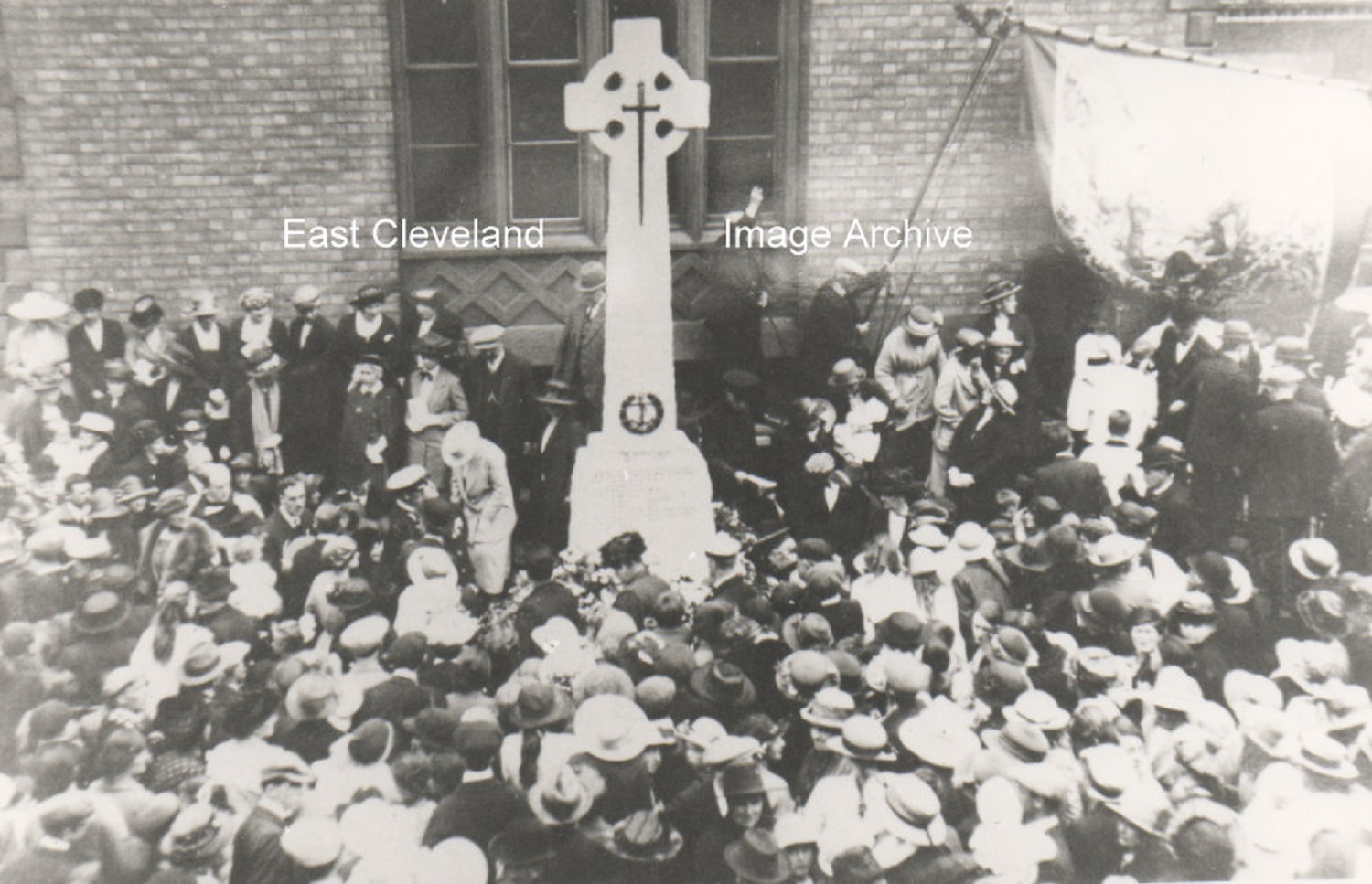
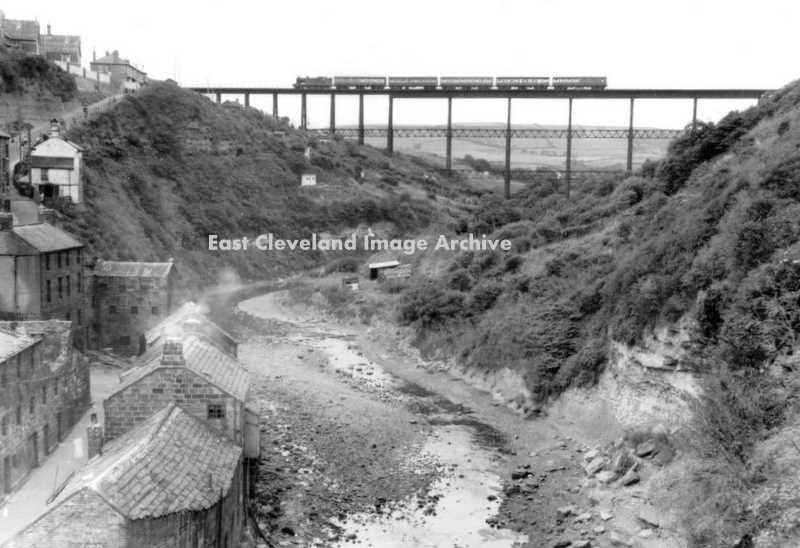
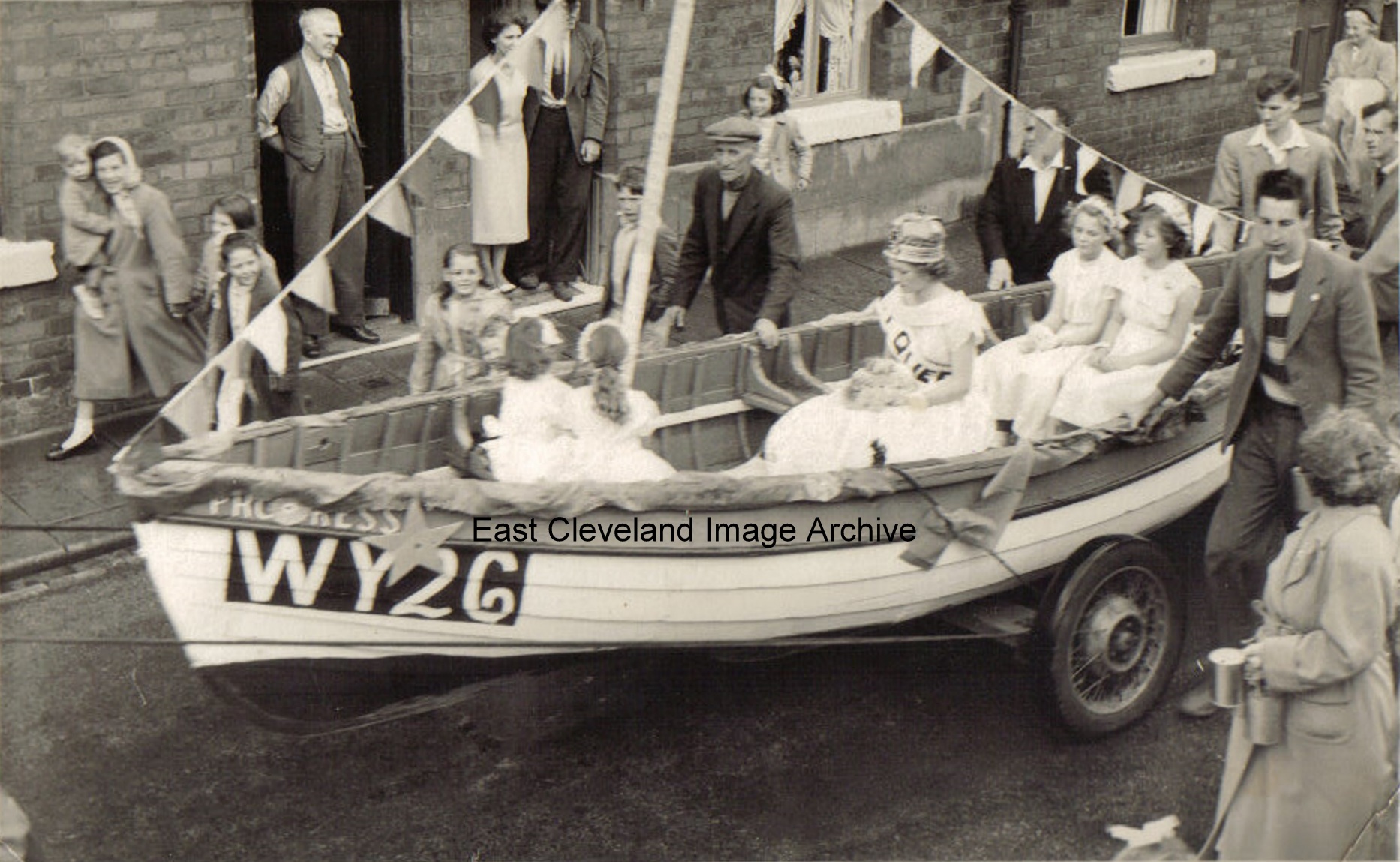
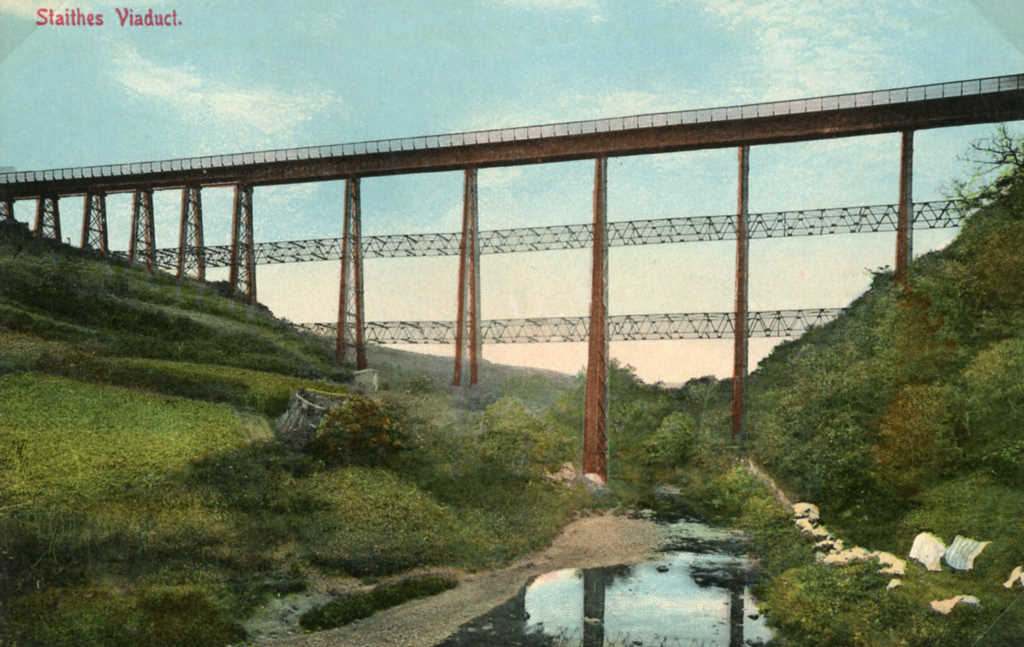
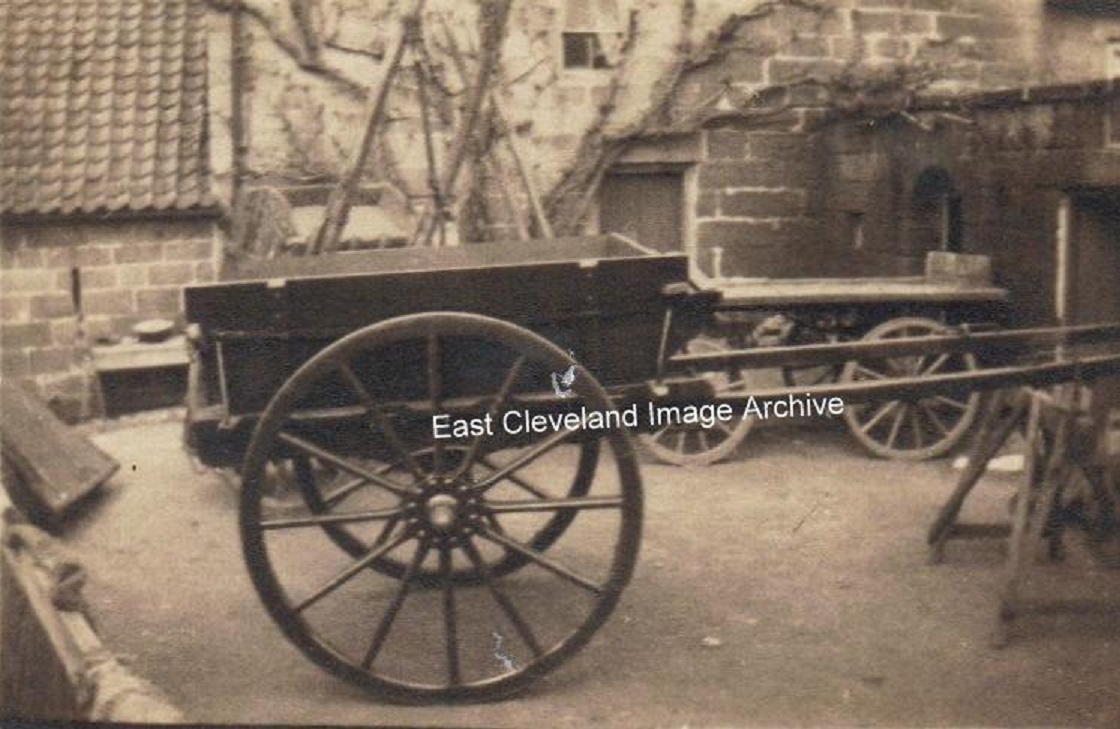
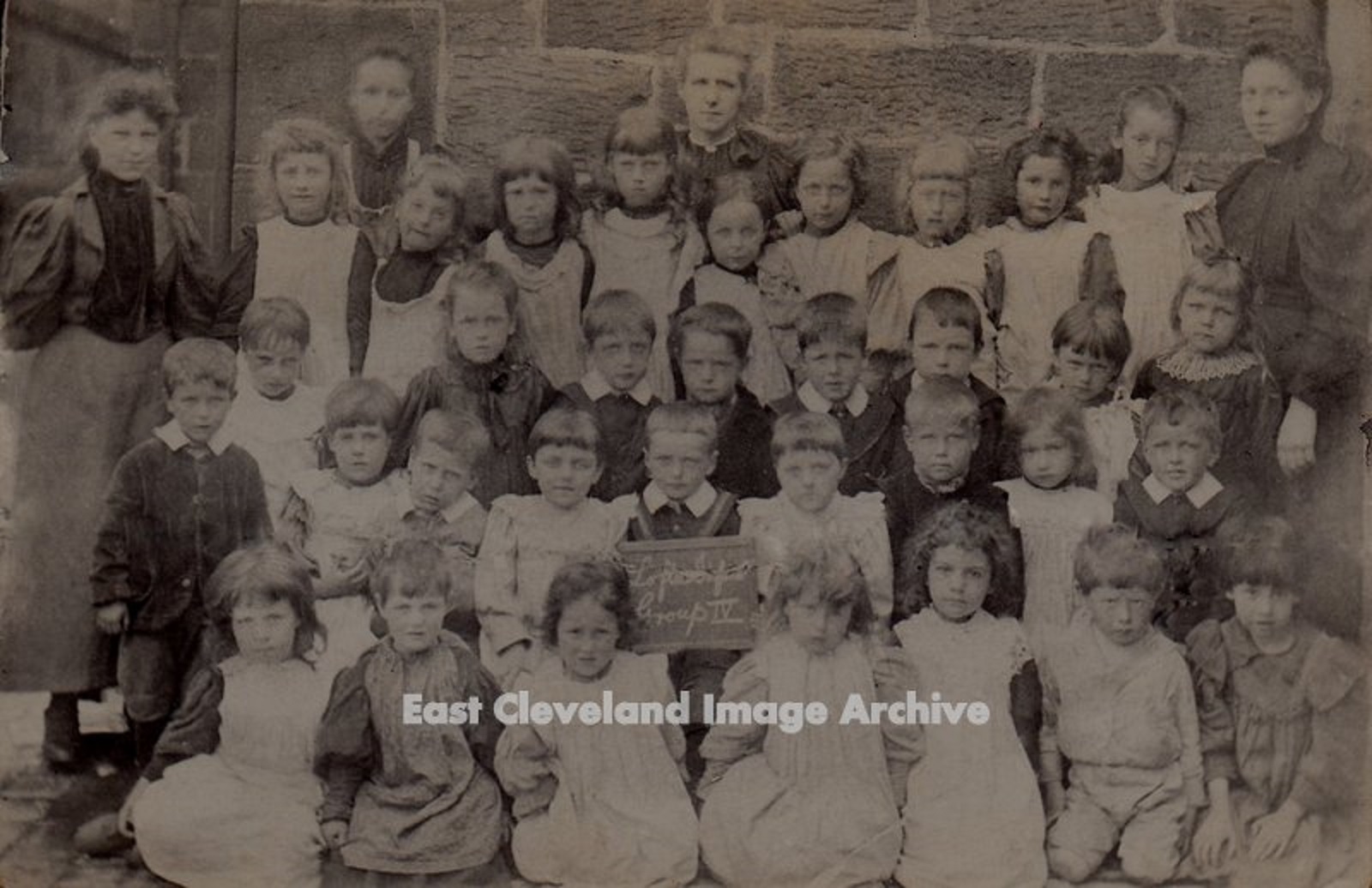
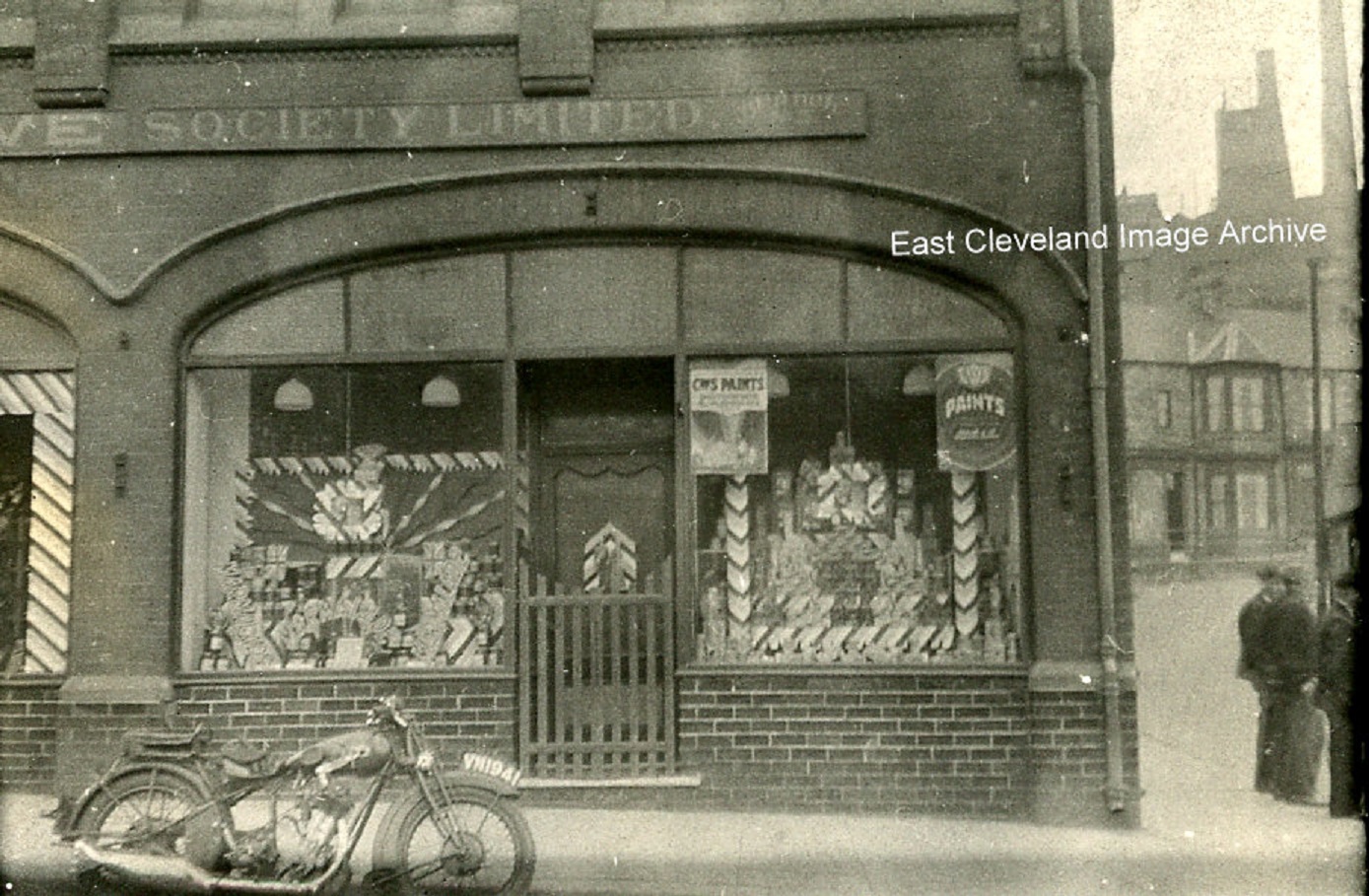
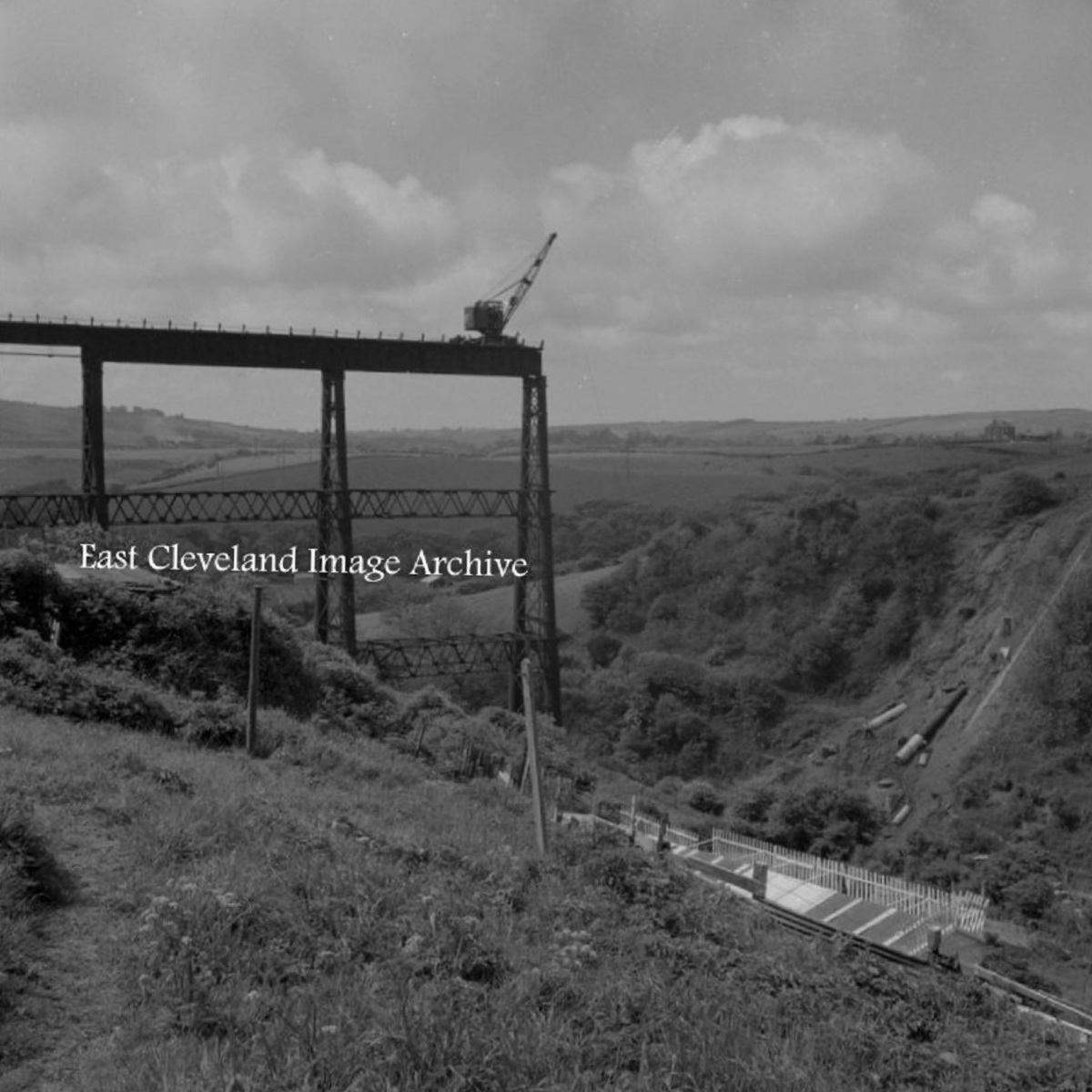
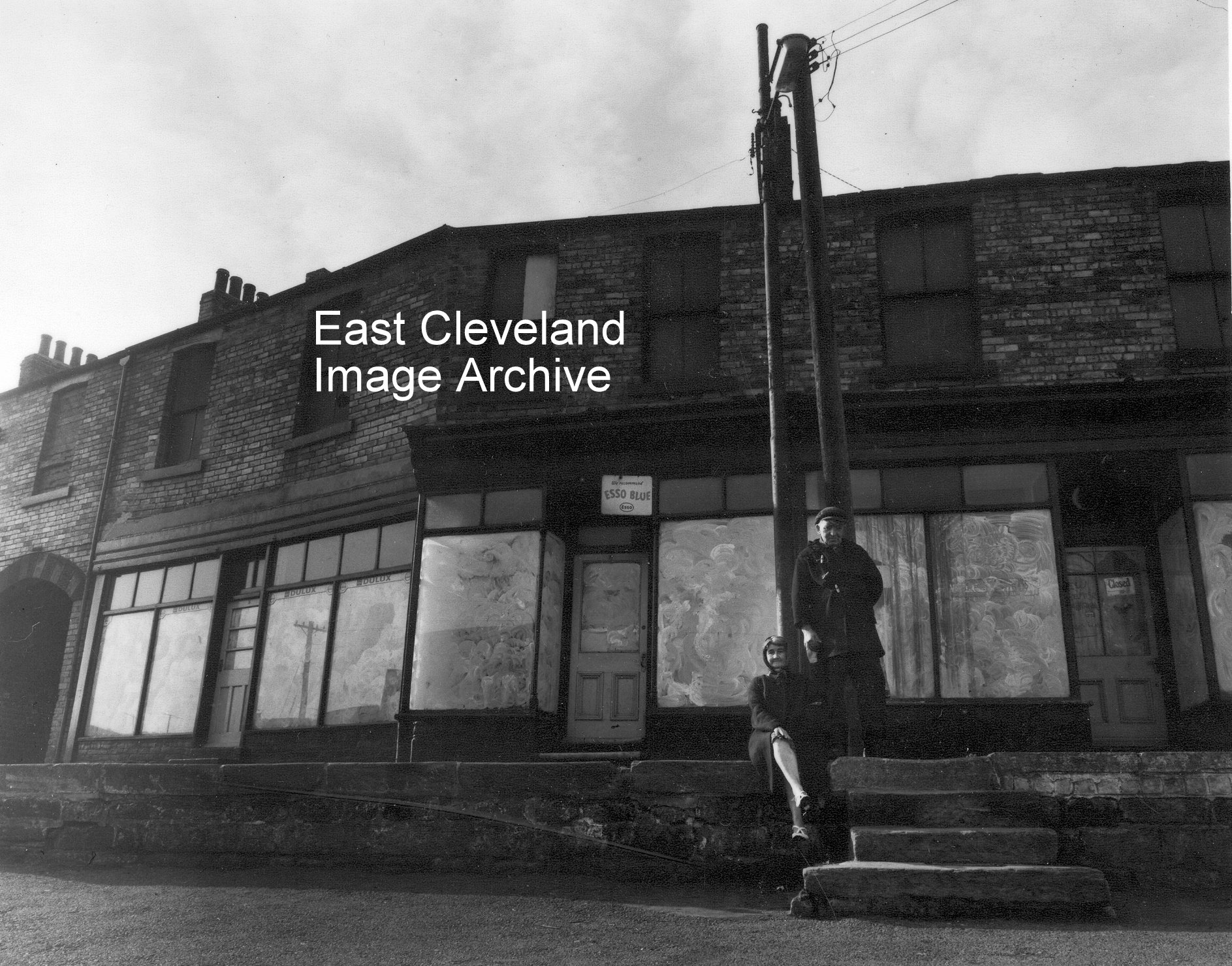
Recent Comments